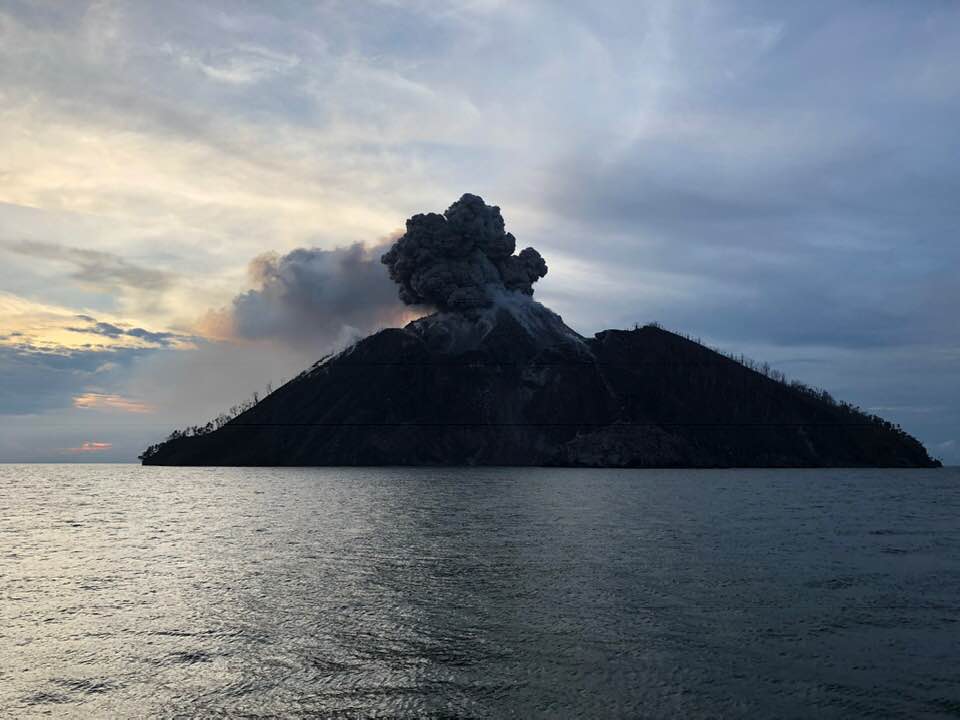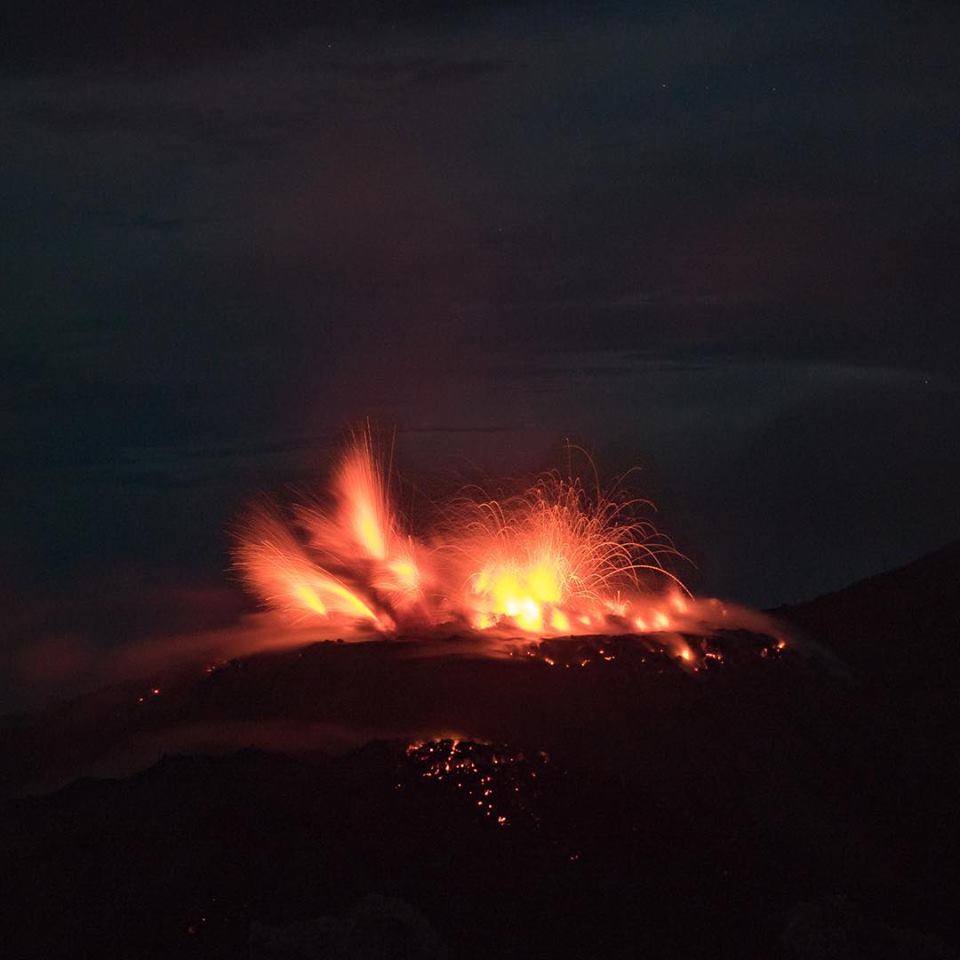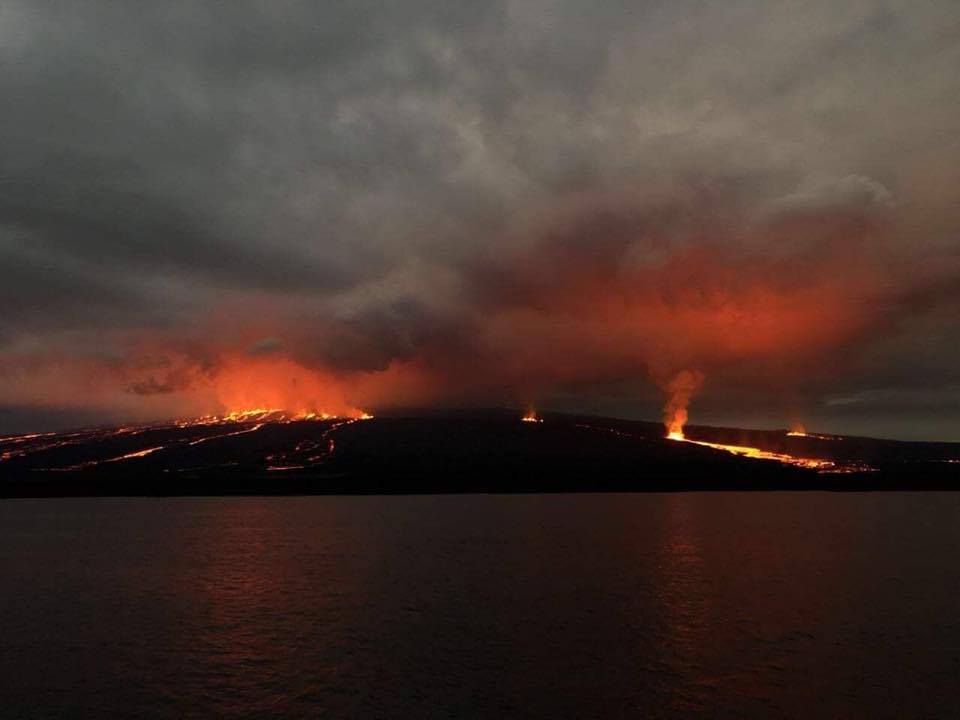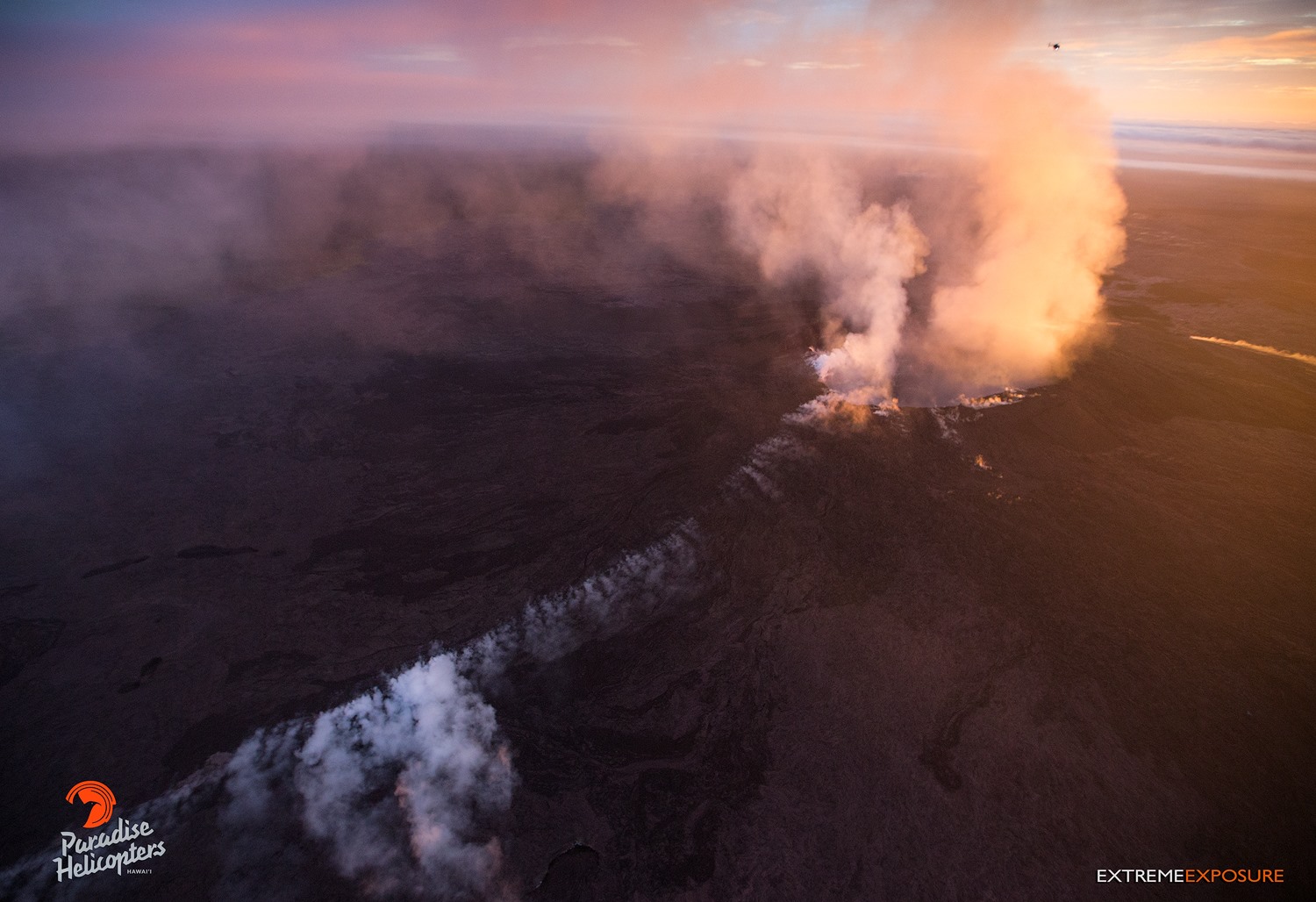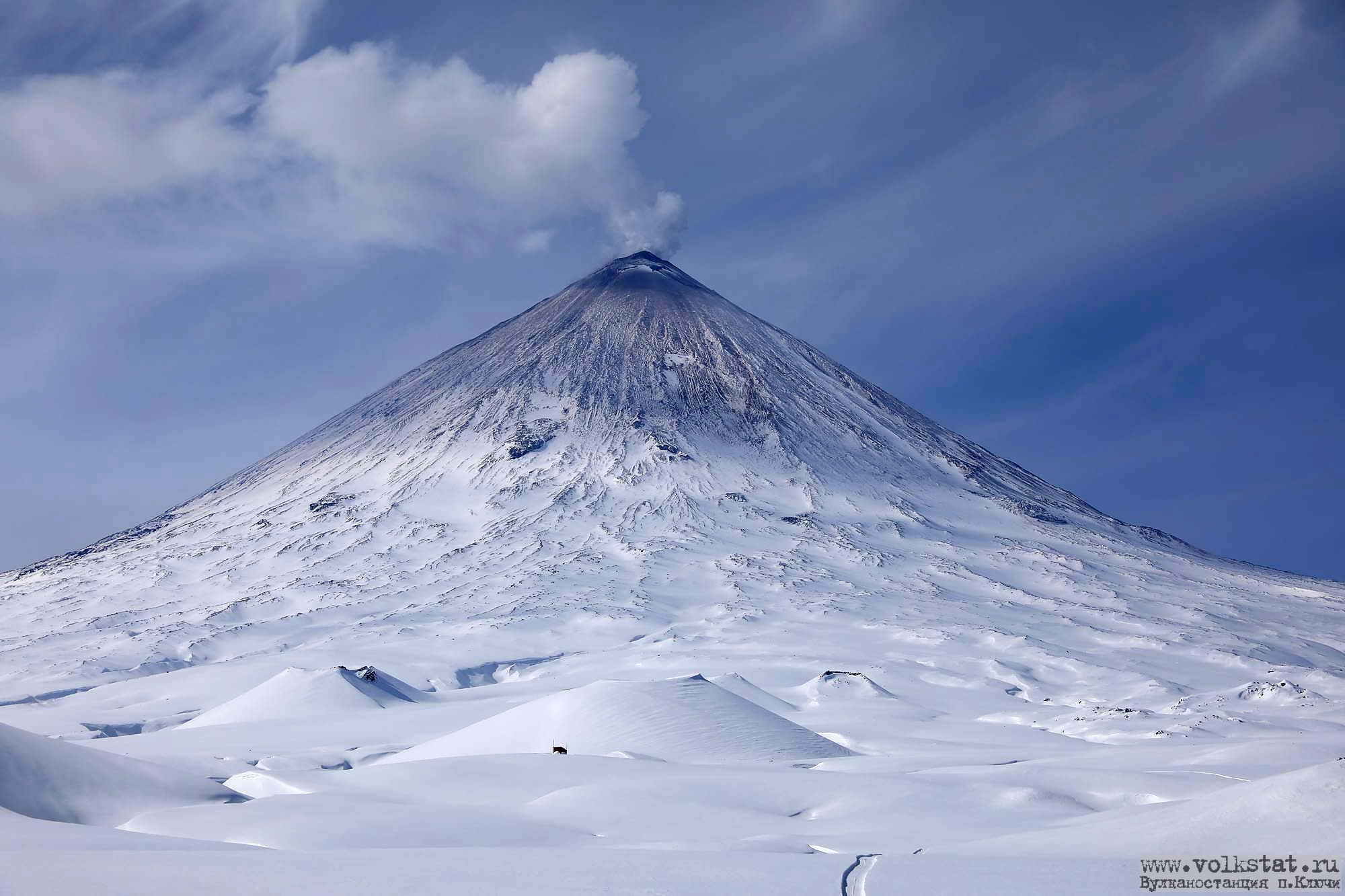December 06 , 2018. EN. Japan : Kirishimayama , Papua New Guinea : Kadovar , Guatemala : Fuego , Alaska : Veniaminof .
December 06 , 2018. Japan , Kirishimayama : 31.934°N, 130.862°E Elevation 1700 m JMA reported that vigorous fumarolic activity on the S side of Iwo-yama (also called Ioyama), on…

